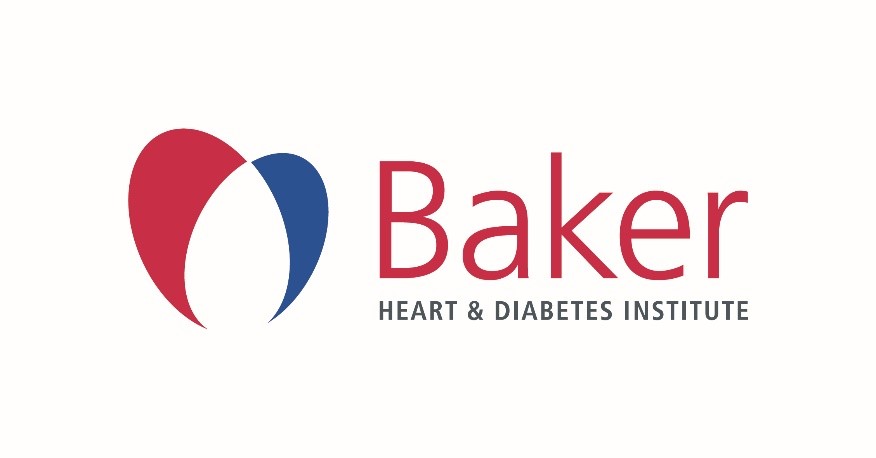Independence of coronary artery disease to subclinical left ventricular dysfunction.
Prasanna Venkataraman; Leah Wright; Quan Huynh; Thomas H Marwick
Abstract
Epicardial atherosclerosis and heart failure while distinct clinical entities share common pathophysiological features including endothelial dysfunction and inflammation. Presence of subclinical disease could lead to early diagnosis and intervention in the other. The aim of our study was to assess the association between coronary calcium score (CCS), conventional cardiovascular risk factors, and echocardiographic markers of subclinical left ventricular dysfunction (S-LVD).One hundred and fifty-nine participants aged 40-70 years with intermediate risk of coronary artery disease (5-year risk of 2%-15%) were identified. Computed tomography (CT) CCS and 2-D transthoracic echocardiography were performed. Main outcomes included presence of subclinical left ventricular dysfunction defined by reduced average global longitudinal strain, left atrial volume enlargement, and elevated E/e'.Fifteen participants had evidence of subclinical LV dysfunction (8 with systolic dysfunction and 7 with diastolic dysfunction) and 85 participants had CCS > 0. CCS > 0 was present in 10 participants with S-LVD compared to 75 participants without S-LVD (67% vs 53%, P = .47). There was no significant difference between in mean GLS (19.2 vs 19.5, P = .14), E/e' (7.2 vs 7.5 P = .33) in those without or with coronary artery calcium. Elevated CCS was also not associated with a higher tertiles of indexed LV mass (OR 1.15, P = .49) or index left atrial volume (OR 1.15, P = .49).In an asymptomatic, low-intermediate-risk group, mechanistic processes that lead to atherosclerosis are not directly associated with subclinical LV dysfunction.
| Journal | ECHOCARDIOGRAPHY (MOUNT KISCO, N.Y.) |
| ISSN | 1540-8175 |
| Published | 01 May 2020 |
| Volume | 37 |
| Issue | 5 |
| Pages | 678-687 |
| DOI | 10.1111/echo.14657 |
| Type | Journal Article |
| Sponsorship |


